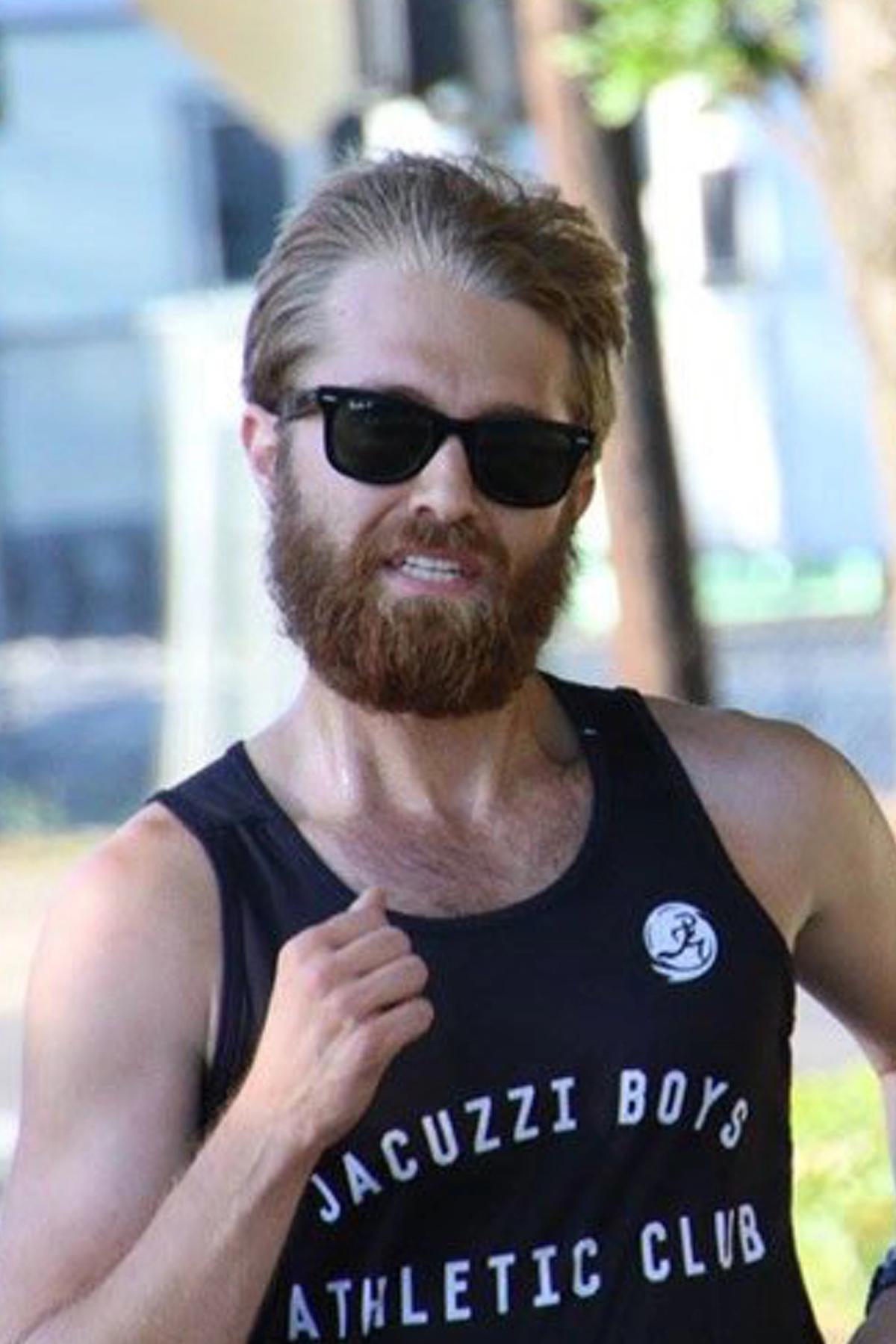By Paul Snyder
May 3, 2017
Technology and Sport: an inextricable but contentious pairing

An example of strange design, coupled with low functionality
The confluence of sports and tech is a murky one. We view sport–track & field in particular–as a pure embodiment of the human spirit and the purest test of the reaches of human physicality. But you can’t deny that advances in technology have improved the lot of modern athletes, causing many of us to perhaps artificially inflate the spirit and ability of our contemporaries to above that of our predecessors.
Tracks have gone from cinder to highly-specific rubber compounds, granting runners additional spring in their step. Spikes are no longer made of nails and exotic animal hides; instead they have scientifically-placed holes to cut down on weight, and carbon fibers in their soles to maximize energy return. And of course new advances in nutrition play a huge factor as well, on top of various gadgets like heart-rate monitors and altitude tents.
Though they truly deserve it, we are reluctant to give credit to product designers for helping shave seconds off an athlete’s times. Instead, when a new product is clearly, at least partially responsible for an accomplishment, there’s bound to be backlash, and disgruntled screeds about “purity of sport,” and stuff like that.
So of course, the shoe touted as the one that will propel marathoners to uncharted times, the Nike Zoom Vaporfly Elite, is not immune to these discussions.
It’s the shoe Eliud Kipchoge, Lelisa Desisa, and Zersenay Tadese will wear this weekend while attempting to break the two hours for the marathon. And despite its somewhat goofy appearance, it’s already been battle-tested, and proven effective, leading to speculation about the legality (or illegality) of the shoe for competition.

An example of strange design, coupled with high functionality; a passable combination from a sales perspective
These shoes almost certainly fall within the range of what the IAAF deems appropriate for use, so they aren’t going anywhere anytime soon. But that’s just half the battle. Controversial sports-tech products not only need to pass the bar in terms of institutional approval, they have to be appealing to consumers as well.
Nike’s gamble will be a successful one, at least partially because it’s Nike. In five years, every competitive shoe company will offer a similar product, and we’ll all have forgotten about the time when many questioned the ethics surrounding the performance boost granted by these shoes. (Every company now sells a 4-ounce track spike, right? A decade ago that was pretty wild.)
But that’s not always the case. Let’s take a look at another, far less celebrated and largely forgotten foray into the world of controversial footwear, to see what happens when a shoe fails to deliver, and rise above the controversy.
Spira’s “banned,” spring-loaded racing shoes
It’s been about ten years since the last time a running shoe has had quite so much media attention surrounding it.
You’ve probably forgotten about it, weren’t fully conscious of such things, or simply didn’t care at the time (the correct answer). But in the mid-2000s, now defunct, El Paso-based running shoe brand Spira caused a small ripple in the sports marketing community with a series of high-profile publicity stunts, aimed at promoting its “WaveSpring” technology.

Marketing materials for Spira’s WaveSpring enhanced shoes, which stop just short of using Flubber
Before the 2006 Boston Marathon, Spira CEO Andy Krafsur announced that should an athlete win the fabled race wearing Spira shoes, they would receive a huge bonus payout of $1,000,000 from the company.
Oh. He also claimed that USATF had explicitly banned Spira shoes (with their silly springs) from competition, and that his theoretical million-dollar runner would be DQ’d from the race. Which would undoubtedly trigger some headlines.
There was a problem though. This was untrue. A Spira-filed lawsuit against USATF was dismissed on the grounds of USATF never having inspected the shoes. USATF issued statements cleaning their hands of the situation, and pulling the rug out from under Spira’s planned outrage and subsequent media frenzy.
And it didn’t matter anyway; nobody wearing Spiras won Boston that year. Or the next year. (Although for the first half of the 2007 marathon, two Spira-clad athletes led for the first half of the race before completely imploding. The winner of the master’s division that year did, however wear Spiras.)
The company’s Boston gambit was largely a failure, all said and done. Sure, a Spira-wearing-man ran a 26:01 road 10K in El Paso, on a course with over 1,000 feet of elevation drop. And the 2007 Ottawa Marathon was won in a then-course record of 2:10:35 in Spira shoes. But they never got a top-tier athlete with immediate name recognition to wear their shoes, and demonstrate (or at least appear to) their effectiveness. Whereas this time, Nike has made sure their fancy sneakers have been on the feet of every world-class man, woman and child for a few months before their promotional stunt, in order to lend credibility to the product and hedge their bets in case sub-two doesn’t happen.
Sadly for Spira, they weren’t Nike. Spira has since gone under. Its legacy was reduced to a faux-controversy it crafted around its products over a decade ago.

Paul Snyder
Meme-disparager, avid jogger, MS Paint artist, friend of Scott Olberding, Citius Mag staff writer based in Flagstaff. Supplying baseless opinions, lukewarm takes, and vaguely running-related content. Once witnessed televison's Michael Rapaport cut a line of 30 people to get a slice of pizza at John's on Bleeker at 4am. You can follow Paul on Twitter at @DanielDingus.